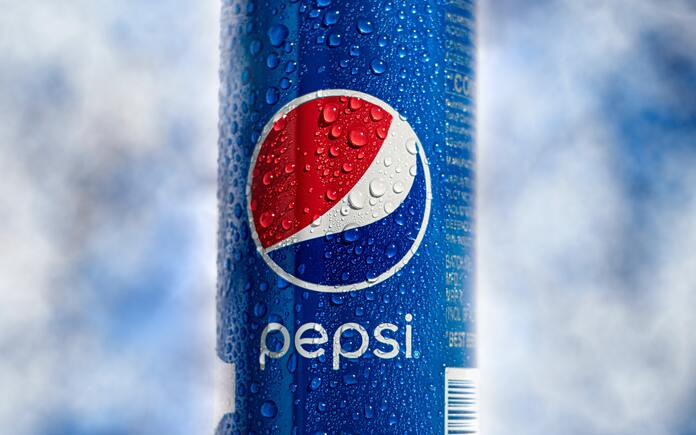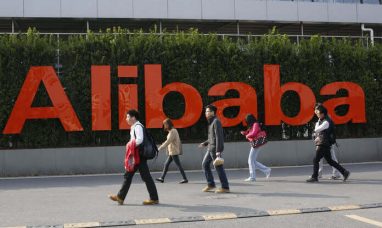PepsiCo (NASDAQ:PEP) reported a slight revenue drop in the fourth quarter of 2024, highlighting a continuing PepsiCo revenue decline in North America. Despite global growth, weakening demand for Frito-Lay snacks and beverages, combined with economic pressures, impacted performance.
North American Consumers Cut Back
For the October-December period, PepsiCo’s revenue totaled $27.78 billion, falling short of Wall Street’s forecast of $27.89 billion, according to FactSet analysts. This miss caused a 2.6% drop in PepsiCo’s stock price during premarket trading.
The company had previously warned of “subdued” demand, partly due to a recall of Quaker Oats granola bars and cereals. However, broader consumer trends also played a role. As inflation and price increases persisted, many shoppers opted for cheaper snack alternatives or reduced discretionary spending.
Pricing Strategies and Affordability Initiatives
To combat the PepsiCo revenue decline, the company has focused on making its snack brands more accessible. Key strategies include:
Introducing more promotions
Increasing the quantity of chips per bag
Expanding mini canister and value pack options
Growing value-oriented brands like Chester’s and Santitas, which experienced strong revenue growth in 2024
On the beverage side, PepsiCo invested heavily in marketing efforts for high-performing products such as Pepsi Zero Sugar, Propel, and Gatorade. These efforts aimed to maintain consumer interest despite shifting spending habits.
Global Performance Offsets Domestic Weakness
While North American snack and beverage sales fell 3%, PepsiCo saw global growth. The company reported a 1% increase in both snack food and beverage volumes worldwide, driven by strong demand in Africa and Asia.
Despite regional struggles, PepsiCo’s net income rose 17% to $1.5 billion. Adjusted earnings came in at $1.96 per share, beating analyst expectations by two cents.
Outlook and Productivity Enhancements
Looking ahead, PepsiCo expects organic revenue growth in the low single digits for 2025. Organic revenue calculations exclude foreign currency fluctuations and the impact of acquisitions or divestments. In 2024, PepsiCo reported a modest 2% organic revenue increase.
To improve efficiency and counteract the PepsiCo revenue decline, the company plans to enhance productivity by:
Closing underperforming facilities (such as the four U.S. bottling plants shuttered in October)
Increasing automation in its plants and warehouses
These cost-saving measures are part of a long-term strategy to strengthen PepsiCo’s competitive position while adapting to evolving consumer preferences.
Conclusion
The PepsiCo revenue decline in North America highlights shifting consumer behavior amid rising costs. While international markets continue to drive growth, PepsiCo must balance affordability, efficiency, and marketing investments to regain momentum. Investors will be watching closely to see how these strategies impact the company’s performance in 2025.
Future Challenges and Strategic Adjustments
Beyond automation and cost-cutting, PepsiCo is also exploring innovative product developments to align with changing consumer trends. The company has been expanding its portfolio to include more health-conscious snack options, such as plant-based and lower-calorie alternatives. This strategy aims to capture market segments that prioritize wellness over traditional snack foods.
Additionally, PepsiCo is focusing on digital transformation to enhance its supply chain efficiency and retail presence. By leveraging artificial intelligence and data analytics, the company seeks to optimize inventory management and reduce logistical inefficiencies.
However, challenges remain. Private-label brands are gaining traction, offering budget-conscious consumers cheaper alternatives. This increasing competition means PepsiCo must work harder to differentiate its offerings and maintain brand loyalty.
Furthermore, geopolitical uncertainties and fluctuating commodity prices could impact PepsiCo’s cost structure. The company will need to navigate these factors carefully while maintaining profit margins.
Ultimately, PepsiCo’s ability to adapt to these market shifts will determine its long-term success. Investors and analysts will closely monitor the company’s execution of these strategies in the coming quarters.
Featured Image: Unsplash









